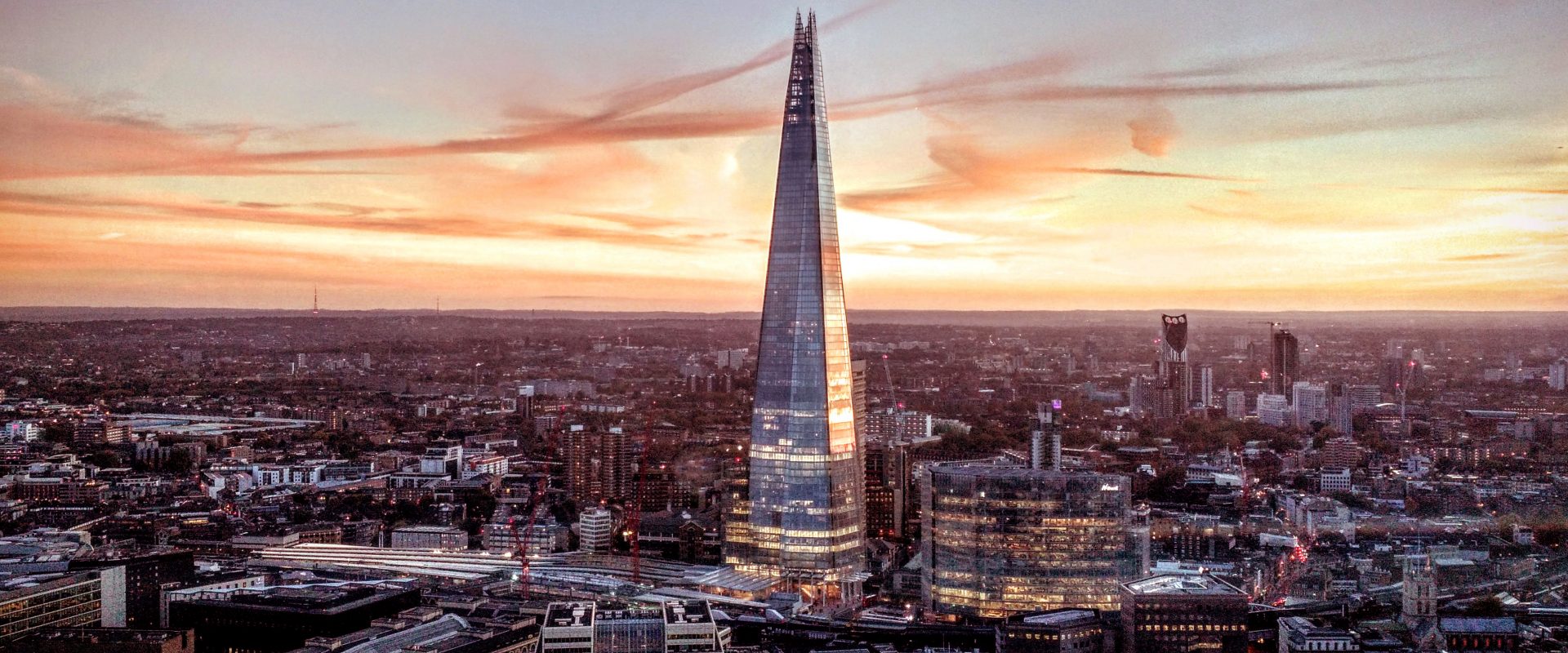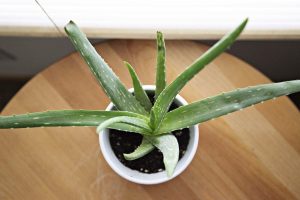 When it comes to selling your home, estate agents and the language that they use can be confusing. That’s why we’ve put together a comprehensive list of all the estate agent terms and property jargon that will help you understand what your estate agent means.
When it comes to selling your home, estate agents and the language that they use can be confusing. That’s why we’ve put together a comprehensive list of all the estate agent terms and property jargon that will help you understand what your estate agent means.
AST – Assured Shorthold Tenancy. It gives the landlord the right to claim their property back after a specific period of time
Break Clause/Release Clause – These terms are often used in fixed term tenancies
Chain – A number of property sales where exchange of contracts must take place at the same time, because they’re linked together.
Completion Date – The completion of the legal transaction, with the money and documents all distributed, and keys are released.
Deeds – The legal documents that assign ownership of property.
Deposit – The lump sum that the seller pays towards the cost of the property.
Disbursements – Expenses paid by the solicitor on behalf of the purchaser
Equity – The difference between the value of a property and the amount of mortgage owed.
Exchange of Contracts – This is the point at which the sale becomes legally binding and neither party can withdraw without financial penalties.
Energy Performance Certificate (EPC) – An EPC measures the energy efficiency of a property using a scale of A-G. It is a legal requirement to have a valid EPC for their property.
Freehold – Ownership of the property and the land that the property is situated on.
Gazumping – This is where the seller accepts one offer only to reject it later for a higher offer.
Gazundering – This is where a buyer reduces their offer just before the exchange of contracts.
Ground Rent – Ground rent is an annual sum paid by the leaseholder to the freeholder of a property.
Guarantor – This is a person who will agree to guarantee that they will repay a loan or debt if you cannot pay it.
HMO – House in Multiple Occupation. They are treated differently to the average property, with more rules and regulations.
IFA – Independent Financial Advisor
IMRO – Investments Managers Regulatory Organisation
Instruction – This is when a seller tells an estate agent to market a property.
Inventory – An inventory is a list of all the contents of a property, as well as the condition of a property and the structural fixtures, generally used for AST rental properties.
Leasehold – To be given ownership of a property but not the land that it is built on, normally requiring the payment of ground rent to the landlord.
Searches – Checks of local council records for planning applications and restrictions.
Stamp Duty – a government tax paid by the buyer on completion of the sale.
Subject to Contract – A term associated with an agreement to purchase a property before the exchange of contracts.
Survey – An inspection of a property made by a qualified surveyor. This can be a valuation report, a homebuyer report and full structural survey.



 According to a recent report, the UK has seen growth in the number of mortgages for non-standard borrowers, such as for buy-to-let landlords and lifetime mortgages. Since 2009, there has been a 19% increase each year to the value of the mortgage lending companies annual lending. These companies have seen their lending amounts increase to £17 billion per year in 2016, a significant increase on the £5 billion that was recorded in 2009.
According to a recent report, the UK has seen growth in the number of mortgages for non-standard borrowers, such as for buy-to-let landlords and lifetime mortgages. Since 2009, there has been a 19% increase each year to the value of the mortgage lending companies annual lending. These companies have seen their lending amounts increase to £17 billion per year in 2016, a significant increase on the £5 billion that was recorded in 2009.



